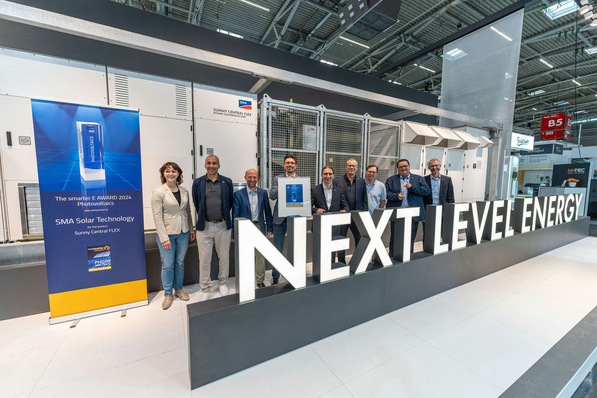Bluegen uses natural gas from the grid or hydrogen to generate electricity within your own building and significantly reduce the amount you need to buy from the conventional electricity suppliers. Heat created in the generation process will also provide up to 200 liters of hot water each day, reducing the energy required by your heating or hot water system. Bluegen is much more efficient at generating and delivering electricity than the grid. The gas it consumes to make electricity is significantly cheaper per unit than electricity purchased from the grid, so your bills and your carbon emissions can come down by up to 50 percent.
Fuel cells, also known as gas batteries, are electrochemical devices which convert directly the chemical energy present in a gaseous fuel in electric power – and with high efficiency. Fuel cells are mainly constituted by three basic elements: the electrolyte, the fuel electrode (anode) and the air electrode (cathode). The typical voltage generated by one cell is about one volt and, similar to the batteries used for energy storage, fuel cells are combined in a stack in series to provide higher voltage and power.
There are different types of fuel cells, typically classified according the electrolyte material. Solid Oxide Fuel cells (SOFC) which are used in the Bluegen are based on a dense solid electrolyte material with a good ionic conductivity, typically based on Zirconium or Cerium oxides, and operate in a temperatures range between 600 and 1.000 degree Celsius. Solid Power’s cell and stack technology is based on very thin (< 0.3 millimeters) anode supported cells which provide high performances in the temperature range from 650 to 800 degree Celsius.







